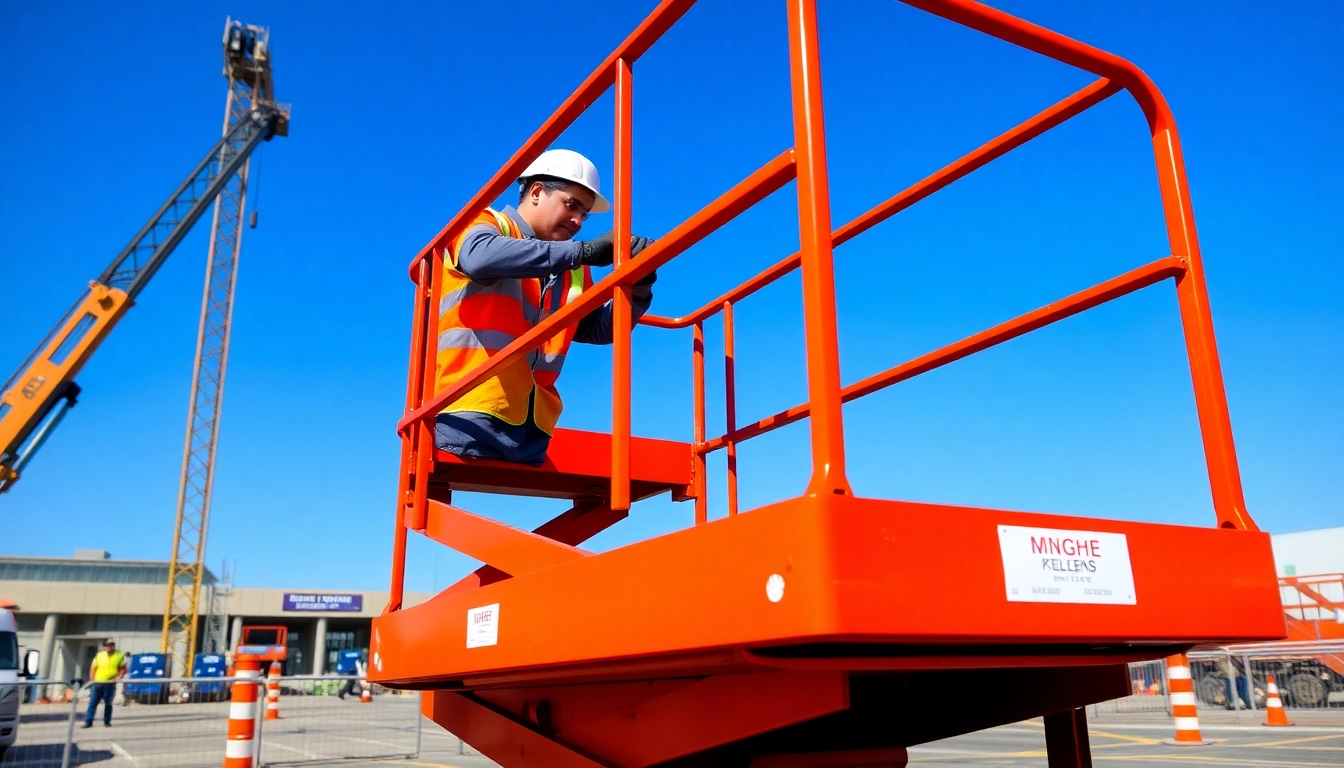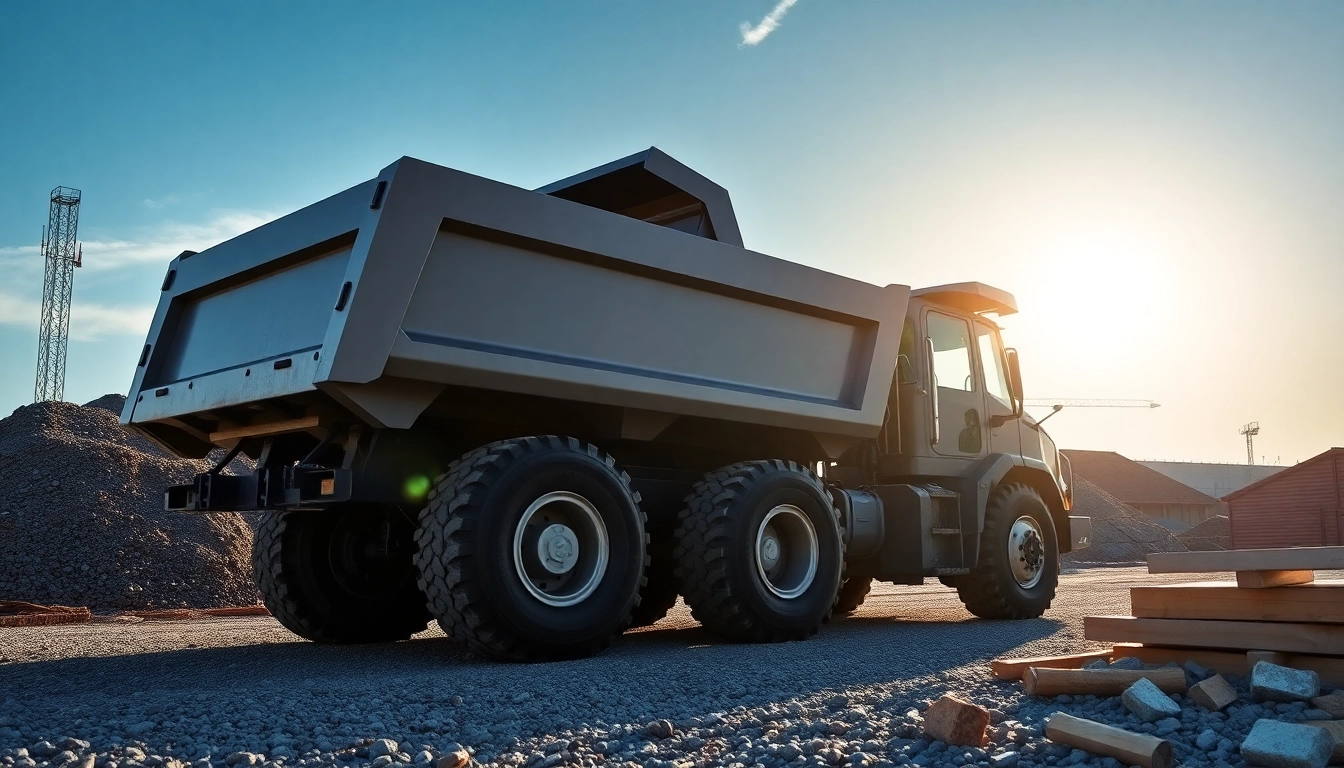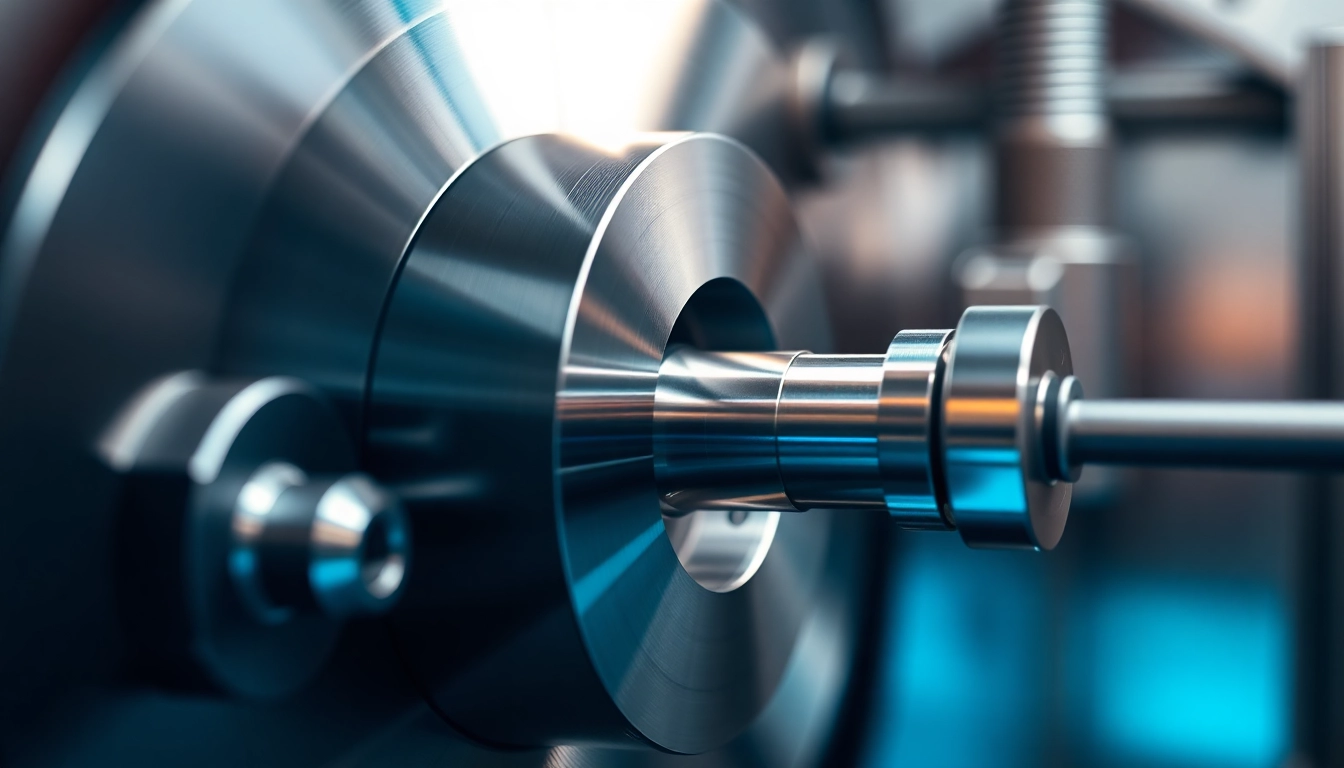Understanding the Basics of Scissor Lift Rental
When it comes to elevating workers, equipment, or materials to heights, scissor lifts have emerged as an essential tool across various industries. From construction sites and maintenance projects to event setups and warehouse operations, their versatility and efficiency make them invaluable for tasks requiring safe and stable access at elevated levels. If you’re considering undertaking a project that involves working at height, exploring scissor lift rental options can yield significant benefits, including cost savings, flexibility, and access to modern equipment tailored to specific site requirements.
The competitive landscape for scissor lift hire in the UK is diverse, with numerous providers offering a range of models to suit different tasks. To ensure you select the right equipment, it is essential to understand the fundamental types available, key features, and common application areas. This foundational knowledge will enable you to make informed decisions, minimize operational risks, and optimize productivity.
Types of Scissor Lifts Available for Rental
The variety of scissor lifts for rent reflects the broad spectrum of tasks they are designed to perform. Generally, these machines are categorized based on their power source, height capabilities, terrain suitability, and design features.
Electric Scissor Lifts
Electric scissor lifts are the most common choice for indoor applications or environments where emissions and noise are concerns. They operate silently and produce no exhaust gases, making them ideal for warehouses, factories, shopping centers, and event venues. Electric models typically range in working heights from around 6 meters (20 feet) to 12 meters (40 feet) and feature compact designs for maneuverability.
Diesel and Gas-Powered Scissor Lifts
Designed primarily for outdoor use, diesel scissor lifts offer greater power and higher load capacities, often exceeding 14 meters (45 feet) in height. They are robust and capable of handling rough terrains, construction sites, or landscaping projects. Gas-powered variants provide mobility without needing external power sources, which is advantageous for extended outdoor operations.
Rough Terrain vs. Indoor Models
Ranging from lightweight narrow lifts to heavy-duty articulated models, rental providers offer units suited for various environments. Rough terrain lifts are equipped with four-wheel drive, high ground clearance, and sturdy tires, enabling stability on uneven surfaces. Indoor models, by contrast, tend to be more compact with features optimized for confined spaces.
Specialized Designs and Attachments
Some rentals include scissor lifts with specialized features, such as articulating booms, extendable platforms, or custom safety guardrails, tailored for niche tasks like window cleaning, electrical installations, or maintenance work on complex structures.
Key Features and Specifications to Consider
Selecting the appropriate scissor lift requires careful assessment of various specifications. These features directly impact safety, efficiency, and project success.
Working Height
Determine the maximum height your tasks require. Always choose a lift with a safety margin above your highest working point. For example, if your work reaches 8 meters, select a lift capable of at least 10 meters to account for platform extension and operator standing height.
Load Capacity
Consider the weight of personnel, tools, and materials that need to be lifted simultaneously. Most rental models specify maximum load capacities, typically ranging from 230 kg (roughly 507 lbs) to over 680 kg (about 1500 lbs). Overloading can compromise safety and damage equipment.
Platform Dimensions
The platform size affects workability and safety, especially for larger crews or equipment. Ensure the platform dimensions accommodate your operational needs comfortably.
Mobility and Maneuverability
Features like turntables, extendable outriggers, and wheel types influence how easily a lift can navigate your site’s terrain. For indoor use, compact and narrow models are advantageous, whereas outdoor applications may require four-wheel drive and higher ground clearance.
Power Options
Decide between electric, diesel, or hybrid models based on your site conditions. Electric lifts are emission-free but limited to indoor use; diesel units excel outdoors with rough terrain; hybrids combine benefits for versatile environments.
Common Applications Across Industries
The adaptability of scissor lifts makes them suitable for a wide range of tasks across multiple sectors:
- Construction: Elevating workers, tools, and materials during building, roofing, or renovation projects.
- Maintenance & Facilities Management: Window cleaning, lighting repairs, HVAC installation, or ceiling work.
- Events & Entertainment: Setting up stages, lighting rigs, or signage at concerts, conferences, or festivals.
- Warehousing & Logistics: Stock picking, inventory management, and equipment servicing in large storage facilities.
- Manufacturing & Industrial Plants: Equipment installation, inspection, or repair tasks requiring access to elevated sections.
With such broad utility, it’s evident that choosing the right rental equipment tailored to your industry’s specific needs is critical for safety and productivity.
How to Choose the Right Scissor Lift for Your Needs
Assessing Site Access and Safety Requirements
Prior to selecting a lift, conduct a thorough assessment of your site. Factors to consider include:
- Available space for maneuvering and positioning
- Surface conditions—smooth concrete, uneven ground, or outdoor terrain
- Obstructions or overhead obstacles
- Proximity to power sources or hazards
Ensuring compliance with UK safety regulations—such as the Health and Safety at Work Act and the Working at Height Regulations—is mandatory. This includes verifying operator training, safety equipment, and load management procedures.
Electric vs. Diesel Scissor Lifts: Pros and Cons
A strategic choice between electric and diesel models hinges on your operational environment:
- Electric lifts: Quiet, emission-free, ideal for indoor tasks and sensitive environments. Limitations include shorter battery life and reduced power for rough terrain.
- Diesel lifts: Powerful, suitable for outdoor or uneven surfaces. They produce emissions and are noisier, requiring proper ventilation and safety measures.
The decision impacts not only safety and compliance but also overall project efficiency.
Matching Lift Capacity and Height to Project Demands
Ensuring the equipment can handle your operational load and reach required heights is crucial. Underestimating these parameters can lead to equipment failure or safety hazards. It is recommended to add a margin of safety beyond initial estimates to account for unforeseen needs or future expansion.
Best Practices for Safe and Efficient Usage
Pre-Usage Safety Inspections and Training
Routine checks before each operation are vital. Verify tire integrity, hydraulic systems, electrical wiring, guardrails, and safety interlocks. Proper training covering operational controls, emergency procedures, and weight limits reduces accidents and operational downtime.
Operational Tips for Maximizing Lift Lifespan
Regular maintenance, correct storage, and operating within specified limits extend equipment lifespan. Avoid sudden movements, overloading, or operating in extreme weather conditions that surpass manufacturer recommendations.
Compliance with UK Safety Regulations
Adhering to UK standards involves compliance with PASMA, IPAF, and other occupational safety guidelines. Maintain detailed safety logs, ensure certified training, and employ safety barriers or spotters where necessary.
Cost Factors and Rental Tips
Understanding Pricing for Daily, Weekly, and Monthly Rentals
Rental rates vary based on equipment type, duration, and provider. Typical costs in the UK range from approximately £150 to £300+ per day, with weekly rates offering discounts—often between £600 and £1500. Monthly rentals are cost-effective for long-term projects, potentially reducing costs by up to 40% per week.
How to Reduce Rental Costs Without Compromising Safety
To optimize your budget:
- Plan project timelines meticulously to avoid unnecessary rental extensions.
- Compare providers for competitive pricing and included services.
- Opt for equipment that’s appropriately sized to prevent overpaying for unnecessary capacity.
- Pre-book equipment during off-peak seasons when demand and rates are lower.
Always prioritize safety—cheaper options should not mean sacrificing compliance or operational standards.
Finding Reliable Rental Providers in the UK
A reputable provider offers well-maintained machines, transparent pricing, and customer support. Look for industry certifications, reading reviews, and verifying availability and delivery options. Establishing a good relationship with trusted suppliers ensures priority during busy periods and access to expert advice.
Case Studies and Industry Examples
Successful Projects Utilizing Scissor Lift Rentals
Many companies have leveraged scissor lift rentals to streamline operations. For instance, a refurbishment project in London utilized electric lifts for interior painting and ceiling repairs, reducing setup time and enhancing safety. Similarly, a warehouse expansion employed rough terrain models outdoors to assist with equipment movement and structural installation.
Lessons Learned from Real-World Applications
Key insights include the importance of pre-project site assessments, choosing equipment suited to environmental conditions, and ensuring operator training. Overcoming logistical challenges—like narrow access routes—often involves selecting specialized models or employing rental providers with fleet flexibility.
Insights for Ongoing Maintenance and Management
Maintaining rental equipment, documenting usage, and scheduling regular inspections are vital to ensure ongoing safety and performance. Establishing routines for cleaning and storing lifts after use prevents unnecessary wear and tear.


